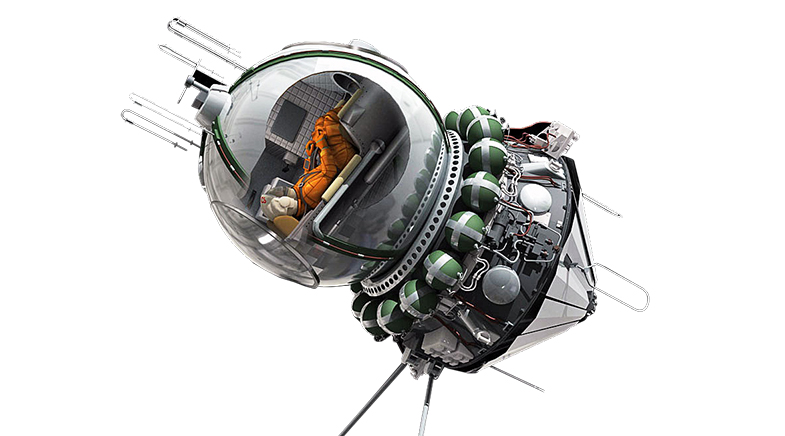Shining a new light
-
- from Shaastra :: vol 03 issue 08 :: Sep 2024

Scientists are experimenting with high-power lasers for new applications.
G Ravindra Kumar is fascinated with lasers – the ones that pack all their energy in a tiny space and ultra-short bouts, giving them their astronomical peak power. First invented in the 1960s, these bouts of light energy can be used to precisely observe and control ultrafast physical, chemical and biological processes. They promise breakthroughs in medical imaging, industrial manufacturing and clean energy production through fusion reactions. As a scientist, Kumar has witnessed technology progress towards shorter pulse lasers resulting in a higher laser power.
Creating these high-power lasers, and knowing and taming their behaviour pave the road to their applications. But this is no mean feat as these lasers suffer from time and space distortions when they pass through a medium. Also, light must be amplified many folds to attain high intensity but conventional lenses and mirrors cannot handle such high intensities and break in the process. Scientists use plasma – a supercharged gas containing positively charged particles and free electrons – to solve this problem. As plasma is already ionised, it can no longer be damaged during light amplification. The use of plasma, however, adds another layer of complexity to laser behaviour. "Plasmas are unstable, notoriously unstable… So you need to know what is happening to the laser pulse that's reflecting from this plasma," says Kumar, a Distinguished Professor at the Mumbai-based Tata Institute of Fundamental Research.
Kumar's team, along with researchers from Umeå University, Sweden, has now come up with a method to characterise the laser-plasma interaction. This method, published in Optica (bit.ly/laser-behaviour), relies on the simultaneous measurement of the instantaneous phase of the laser pulse at different points of the spatial profile i.e. spectral interferometry. Earlier, scientists had to sample multiple pulses before estimating the pulse profile. This method, which measures the profile in a single pulse, will therefore speed up the experimentation process.
PAST ISSUES - Free to Read


Have a
story idea?
Tell us.
Do you have a recent research paper or an idea for a science/technology-themed article that you'd like to tell us about?
GET IN TOUCH














